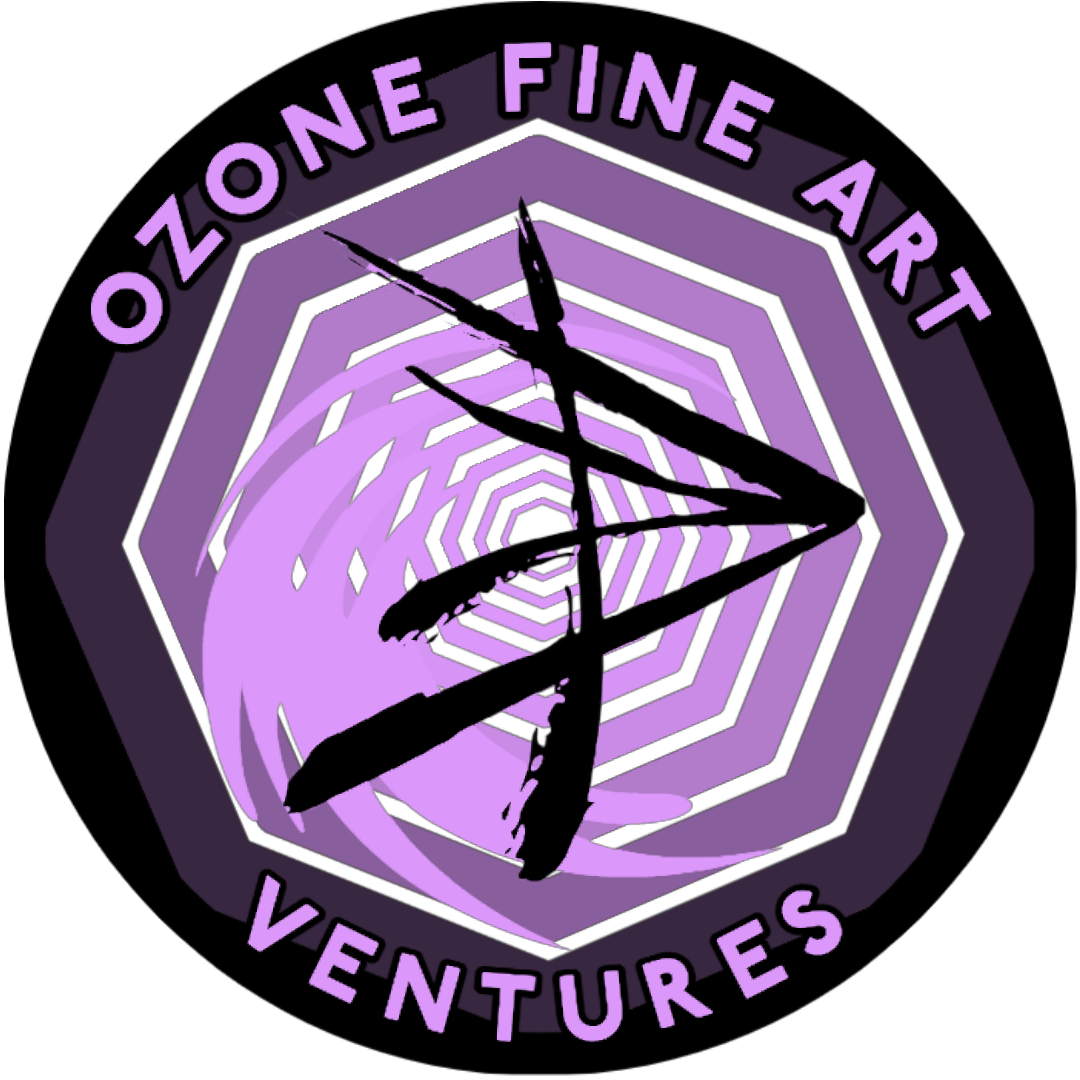How does the saying go; ‘How do you eat an elephant?…One bite at a time’? No one here is eating elephant but that approach is true for both taking on a challenge and creating a new painting or drawing. The piece can only happen one brushstroke or line at a time. The objective to this study is to build the subject with color stroke by stroke. You’ll need some oil pastels (or chunky dry media of your choice), some rough/gessoed paper, and a subject. I like to work from a source picture but this is a great exercise for still life and plein aire as well.
This study is like going to the gym to work out your color handling muscles. The big push up here is working with one of my least favorite media; oil pastels. They are so messy! The heavy lifting is carefully selecting and placing each color and stroke to create the volume, contrast, and temperature without fussing with the marks after placement. Reminds me of disciplining the dog, “Leave it, Leave it!”. This is a great exercise for me because I tend to fuss while painting, obsessively overworking areas.
Dry media, such as the oil pastels, allow you to grab and apply each color quickly instead of mixing each hue on the paint palette. I usually have a handful of colors and rotate through them in rapid fire, flying by the seat of my pants, taking brief breaks to see if what I’m doing is working at all. An interesting further approach to the study is using both a multitude of colors for one study, then using very few colors to reach similar results.
There’s a companion video to this blog that has a breakdown of the study exercise. Here are some points (that go by quickly) from the video :
Start with an outline. Block the colors in to build the subject.
Don’t draw. Place all of your colors in by strokes (gestural or controlled, long, short, or pointillistic like the Impressionists).
Keep colors pure. Try not to overlap your strokes too much.
Explore unusual color combinations. Studies are a chance to break out of your own box without gambling on a serious art piece.
Move quickly with your marks. Get a flow going.
Move around the subject. Don’t overwork one area.
Select color placements that create contrasts.
Stay loose and experiment. Try different stroke directions, stroke sizes, etc. to create new effects.
Oil Pastels will mix as you load them on top of one another. It’s okay to make a mess, this is a study.
Another learning experience is the relationship of the subject and the background. When you apply the background, how does it effect the subject (ie. does it make it pop or wash it out?). What kind of color contrasts and visual textures are you creating there and how do they relate to your subject?
There is so much to be gained by practicing art and not just doing it. In this dry media study, there are paint techniques to take to the next serious painting in addition to having a really good experience with an alternate method of drawing. Here’s a link to the companion video that covers a couple more studies and more points about how to approach your own study exploration.
Now go grab your art supplies and give it a try. Happy creating and let me know if you’d like to see more tutorials! Cheers









